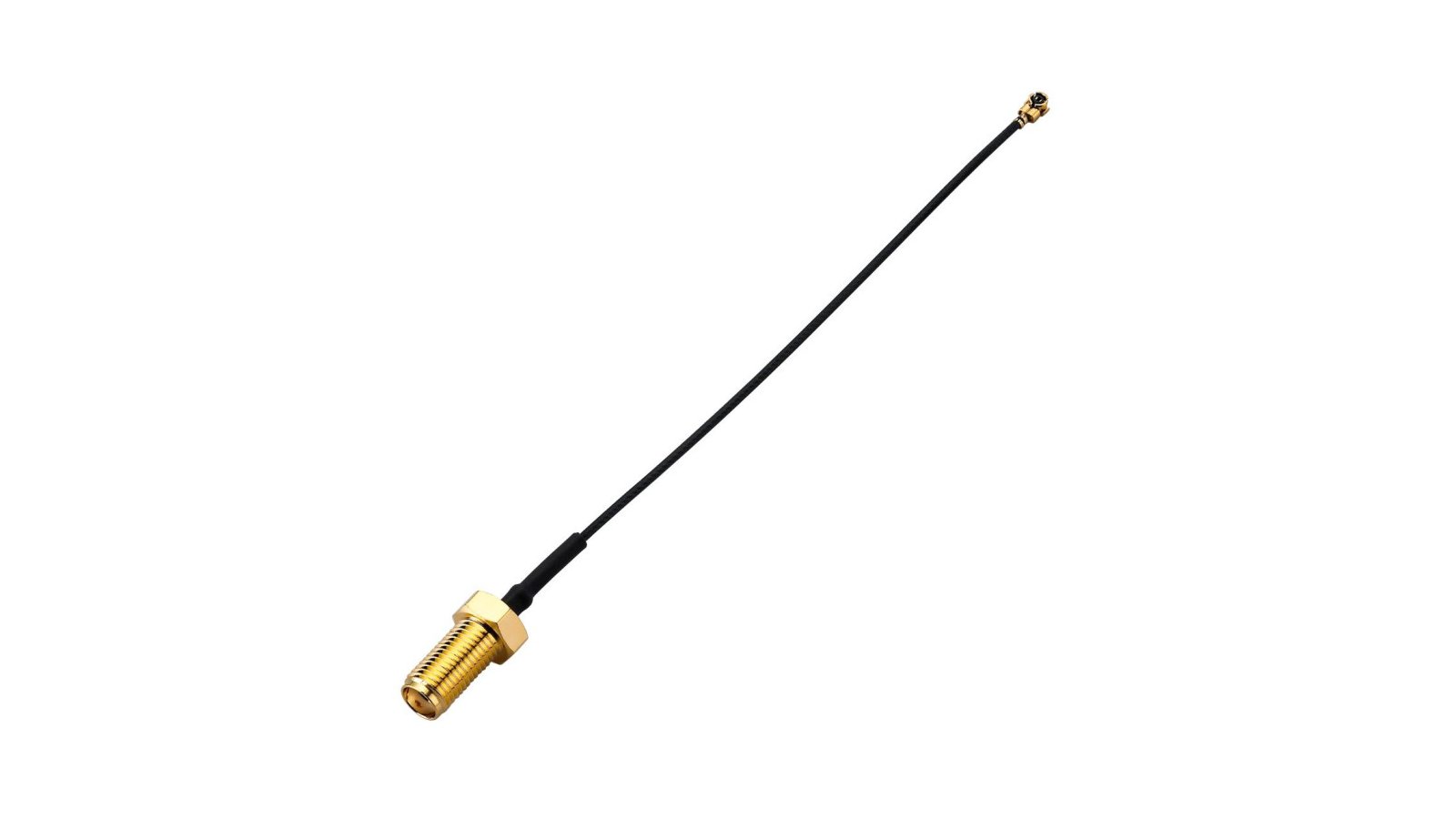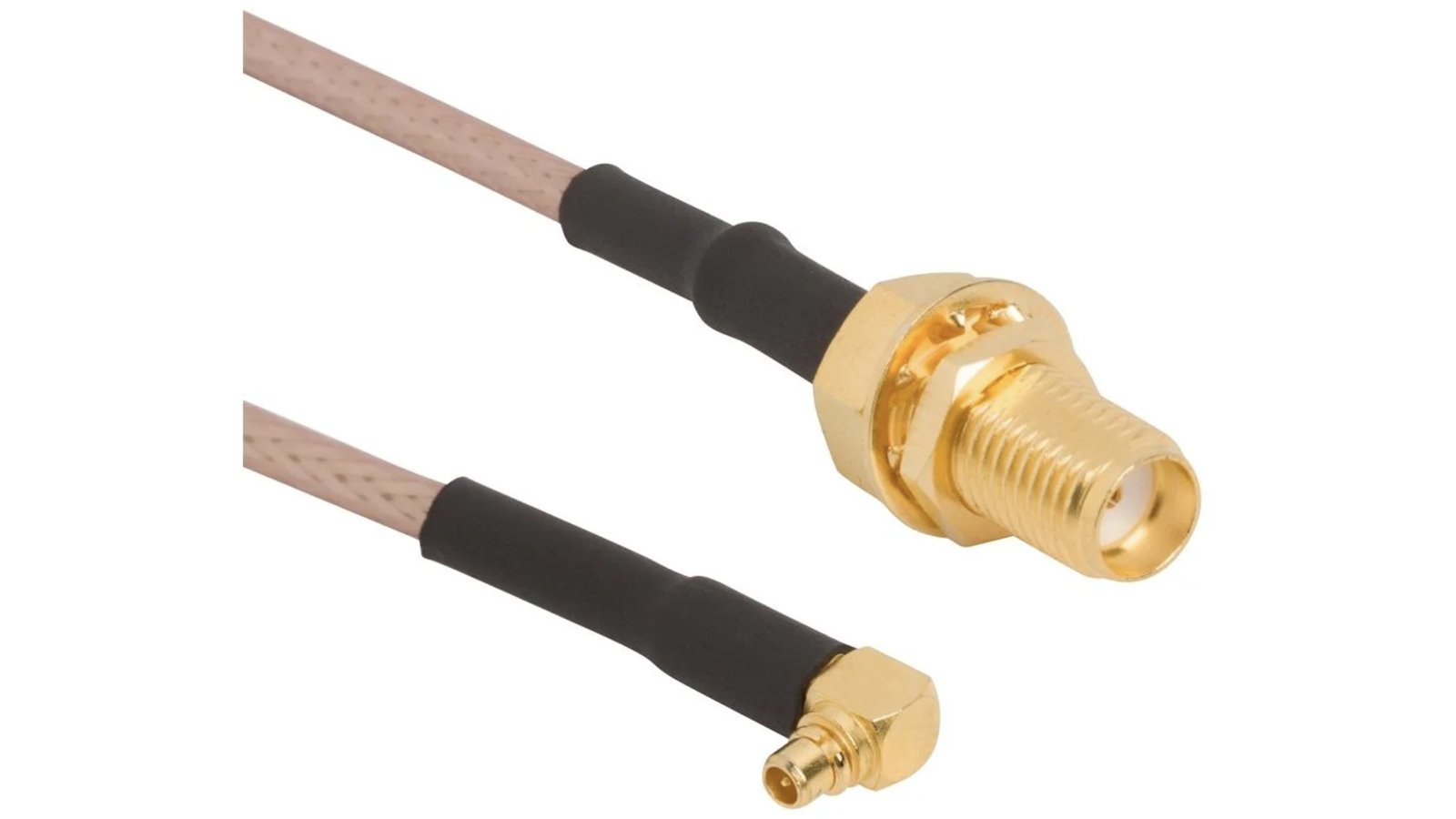MicroPhase Technology
Software Defined Radio
MicroPhase Technology
Software Defined Radio
AntSDR E200 is a powerful and versatile software-defined radio (SDR) platform. It is a low-cost, easy-to-use system for developing, testing, and deploying wireless communication solutions such as LTE, GSM, and Wi-Fi. With its wide range of supported frequencies and modulation schemes, it’s possible to easily experiment with various wireless technologies.
AntSDR E200 is well suited for hobby and educational purposes, allowing students and enthusiasts to learn about digital signal processing, wireless communication, and software-defined radio.
AntSDR E200 can be used for a wide range of applications such as radio frequency experimentation, wireless communication, radio astronomy, and spectrum monitoring. It is well suited for prototyping and testing new wireless communication systems and protocols. Additionally, AntSDR E200 can be used as a software-defined LTE station and for developing cognitive radio applications.
| AntSDR E200 AD9363 | AntSDR E200 AD9361 | RTL-SDR | PlutoSDR | Ettus B205mini | LimeSDR mini 2.0 | HackRF One | |
|---|---|---|---|---|---|---|---|
| Chipset | AD9363 | AD9361 | RTL2832U | AD9363 | AD9364 | LMS7002M | MAX5864, MAX2837, RFFC5072 |
| Frequency Range | 325 MHz - 3.8 GHz | 70 MHz - 6 GHz | 500 KHz - 1766 MHz | 325 MHz - 3.8 GHz | 70 MHz - 6 GHz | 10 MHz - 3.5 GHz | 1 MHz - 6 GHz |
| Interface | Gigabit Ethernet | Gigabit Ethernet | USB 2.0 | USB 2.0 | USB 3.0 | USB 3.0 | USB 2.0 |
| Embedded | Yes | Yes | No | Yes | No | No | Yes |
| RF Bandwidth | 20 MHz | 56 MHz | 3.2 MHz | 20 MHz | 61.44 MHz | 40 MHz | 20 MHz |
| Sample Depth | 12 bits | 12 bits | 8 bits | 12 bits | 12 bits | 12 bits | 8 bits |
| Sample Rate | 61.44 MSPS | 61.44 MSPS | 3.2 MSPS | 61.44 MSPS | 61.44 MSPS | 30.72 MSPS | 20 MSPS |
| Transmitter Channels | 2 | 2 | 0 | 2 | 1 | 1 | 1 |
| Receivers | 2 | 2 | 1 | 2 | 1 | 1 | 1 |
| Duplex | Full | Full | No | Full | Full | Full | Half |
| Programmable Logic Gates | 85k | 85k | N/A | 28k | 150k | 44k | 64 macrocell CPLD |
| Open Source | Schematic & firmware | Schematic & firmware | No | Full | Schematic & firmware | Full | Full |
| Oscillator Precision | +/-2 ppm | +/-2 ppm | +/-1 ppm | +/-20 ppm | +/-2 ppm | +/-1 ppm initial, +/-4 ppm stable | +/-20 ppm |
| Transmit Power | Up to 10 dBm (depending on frequency) | Up to 10 dBm (depending on frequency) | N/A | Up to 6 dBm (depending on frequency) | 10 dBm+ | Up to 10 dBm (depending on frequency) | -10 dBm+ (15 dBm @ 2.4 GHz) |
The AntSDR E200 is designed to be flexible and reconfigurable, allowing users to develop and test their own signal processing algorithms. Here are some common applications.
The Libiio API is a key feature of AntSDR E200. It provides a flexible and low-level interface for accessing the device’s functionality, including both the RF transceiver and the processor. This allows developers to create custom software applications that can run directly on the AntSDR device, without the need for a separate host computer.
The Libiio API supports a range of programming languages, including C, Python, and Matlab, and provides a range of functionality such as accessing the device’s ADC/DAC channels, controlling RF parameters, and streaming data over USB or Ethernet. AntSDR with its Libiio interface is a powerful and versatile tool for both amateur and professional SDR applications.
The USRP Hardware Driver (UHD) is an open-source, cross-platform driver developed for use with USRP devices. UHD provides a consistent API across all USRP models and simplifies the process of developing and deploying SDR applications on the USRP platform.
AntSDR can be considered as a "USRP" device because it supports the UHD (USRP Hardware Driver) API, which is the same API used by USRP devices. This means that AntSDR is compatible with software designed for USRP, and users can easily switch between AntSDR and USRP devices when developing and testing their SDR applications.
AntSDR’s compatibility is a major highlight of the product. It can be seamlessly integrated with other SDR devices such as PlutoSDR or USRP. AntSDR also supports both the Libiio API and the UHD API, providing users with flexible and versatile options for integration with their existing systems. With AntSDR’s compatibility, users can easily incorporate it into their existing workflows and take advantage of its capabilities without the need for significant system changes or investments.
AntSDR E200 can be used with a number of open source projects that provide software tools and frameworks for developing and testing SDR applications. Here are some specific examples:
We’re publishing all AntSDR-related code under the MicroPhase’s Github. Here are the most important repositories to note:
The following optional accessories are available to order for use with your AntSDR:
Not all accessories are necessary. You can choose the accessories you need.
Produced by MicroPhase Technology in Shanghai, China.
Sold and shipped by Crowd Supply.

AntSDR E200 with an AD9361 chip and 32 GB SD card. (Case and antennas not included)

AntSDR E200 with an AD9361 chip, 32 GB SD card, and metal enclosure. (Antennas not included)

AntSDR E200 with an AD9363 chip and 32 GB SD card. (Case and antennas not included)

AntSDR E200 with an AD9363 chip, 32 GB SD card, and metal enclosure. (Antennas not included)

Metal enclosure for AntSDRE200. (Case only, PCB not included)

From the Crowd Supply Basics project.
A TG.09 4G/3G/2G cellular hinged SMA(M) mount monopole antenna.

From the Crowd Supply Basics project.
A Hirose U.FL to SMA (jack) bulkhead straight connector with a 1.32 mm diameter cable. Less than -2 dB cable insertion loss up to 6 GHz. Both connectors are gold-plated brass and the cable conductor is silver-coated copper.

From the Crowd Supply Basics project.
A one-meter CAT5E shielded Ethernet cable with a wire gauge of 24 AWG and RJ45 plugs on both ends.

From the Crowd Supply Basics project.
RF Cable - SMA STR - JK-MMCX R/A

· MicroPhase_CN · microphase · microphase.cn
MicroPhase develops FPGA development Platforms, SoMs and Software Define Radio Platforms for engineering teams, scientists and system integrators for algorithm development, prototyping and developing wireless technologies across a wide variety of applications.

A programmable e-paper badge with 125 kHz RFID emulation

The ultimate playground for hardware programming in Swift

A tiny, single-sided M.2 SDR board that you can operate easily using your web browser